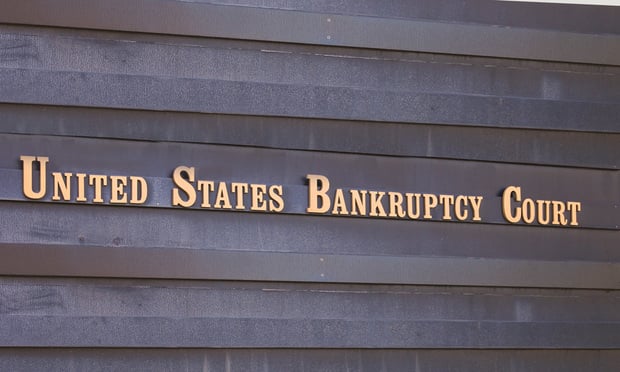 Credit: LMPark Photos/Adobe Stock
Credit: LMPark Photos/Adobe Stock
The recent bankruptcy filing by hospital operator, Steward Health, has significant implications for its stakeholders, particularly the shareholders of Medical Properties Trust (MPT), which is intricately linked to Steward through real estate investments. The potential impact of Steward's financial struggles on MPT's shareholders, along with the potential for federal intervention to maintain health care services in affected markets, could have far-reaching implications for regulations on real estate transactions in the health care sector.
Recommended For You
Complete your profile to continue reading and get FREE access to BenefitsPRO, part of your ALM digital membership.
Your access to unlimited BenefitsPRO content isn’t changing.
Once you are an ALM digital member, you’ll receive:
- Breaking benefits news and analysis, on-site and via our newsletters and custom alerts
- Educational webcasts, white papers, and ebooks from industry thought leaders
- Critical converage of the property casualty insurance and financial advisory markets on our other ALM sites, PropertyCasualty360 and ThinkAdvisor
Already have an account? Sign In Now
© 2025 ALM Global, LLC, All Rights Reserved. Request academic re-use from www.copyright.com. All other uses, submit a request to [email protected]. For more information visit Asset & Logo Licensing.








